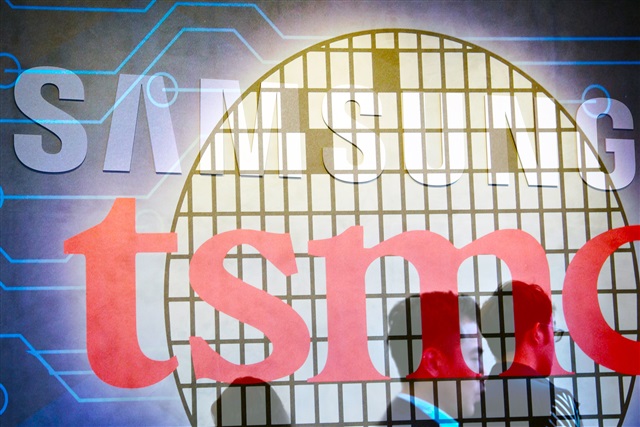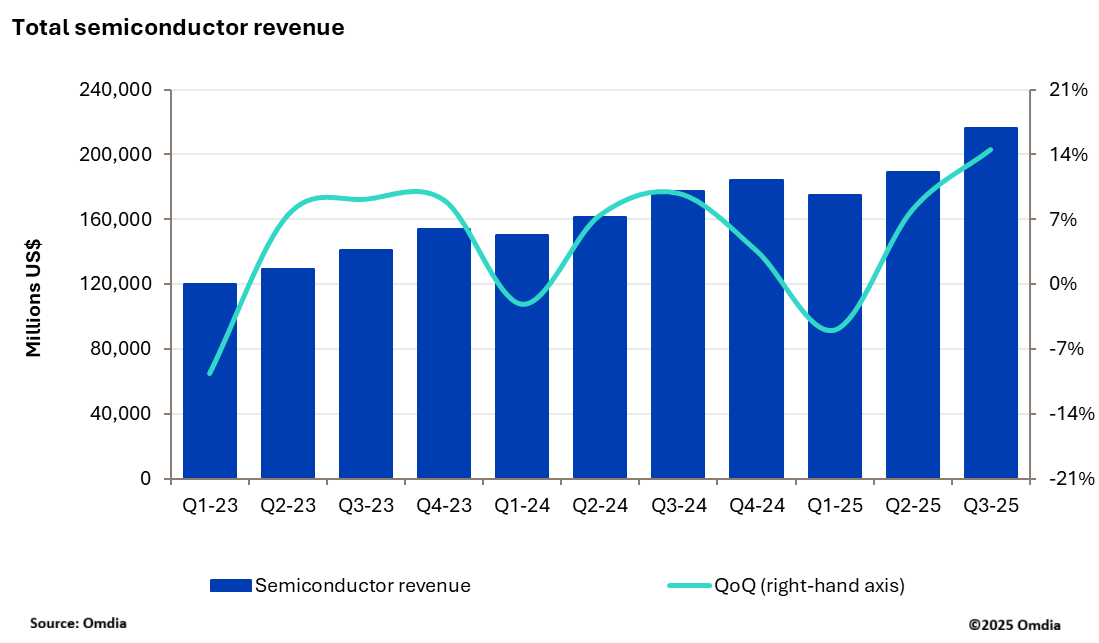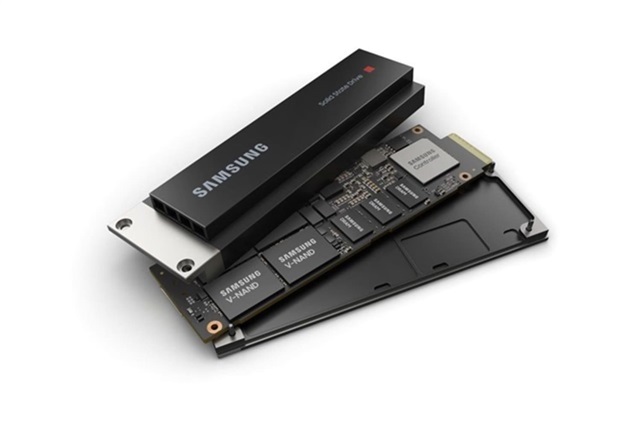
Nvidia is gearing up to debut its next-gen "Rubin" GPU in 2025, featuring eight HBM4 chips, with a Rubin Ultra version to follow, packing twelve. In a strategic bid to reclaim HBM market share, Samsung Electronics is betting on sixth-generation HBM4 and has hinted at a potential production collaboration with foundry rival TSMC, according to South Korean media outlet Newsis.
Foundry partnership could reshape competition
Industry experts anticipate that should Samsung partner with TSMC for HBM manufacturing, this could significantly reduce the longstanding performance gap with SK Hynix. Reports indicate that by late 2025, Samsung might outsource basic bare die production to TSMC to meet specific client demands, abandoning its previous all-in-house strategy.
Challenges have emerged as Nvidia reportedly delayed Samsung's HBM quality approval over yield rate issues in Samsung's foundries. The South Korean tech giant has since curtailed foundry investments, prioritizing core memory operations. Industry sources suggest that Nvidia might have encouraged the Samsung-TSMC collaboration.
Advanced stacking technologies take center stage
For HBM4 production, Samsung plans to leverage TSMC's CoWoS technology, potentially bringing Samsung and SK Hynix's product power consumption and performance into closer competition, shifting the focus to stacking technologies. Both Samsung and SK Hynix will deploy their proprietary techniques—Samsung's TC-NCF and SK Hynix's MR-MUF—as stacking innovation becomes pivotal for HBM differentiation.
Currently, SK Hynix's HBM4, scheduled for production with TSMC by 2025, maintains a performance advantage over Samsung. SK Hynix has successfully validated MR-MUF in HBM3E, while Samsung is turning to hybrid bonding to boost chip performance and reduce die size in its HBM4 lineup.
Stay up to date with the latest in industry offers by subscribing us. Our newsletter is your key to receiving expert tips.

New research from Omdia shows that the semiconductor market delivered a record breaking performance in 3Q25 with industry revenue reaching $216.3bn, up 14.5% quarter-over-quarter (QoQ). This marks the

The World Semiconductor Trade Statistics (WSTS) organization has released its Autumn 2025 forecast, raised the 2025 growth outlook and confirmed strong continued momentum for the global semiconductor

PC manufacturers are planning significant price increases on 2026 models as an acute shortage of conventional memory chips, driven by soaring demand for artificial intelligence hardware, tightens supp